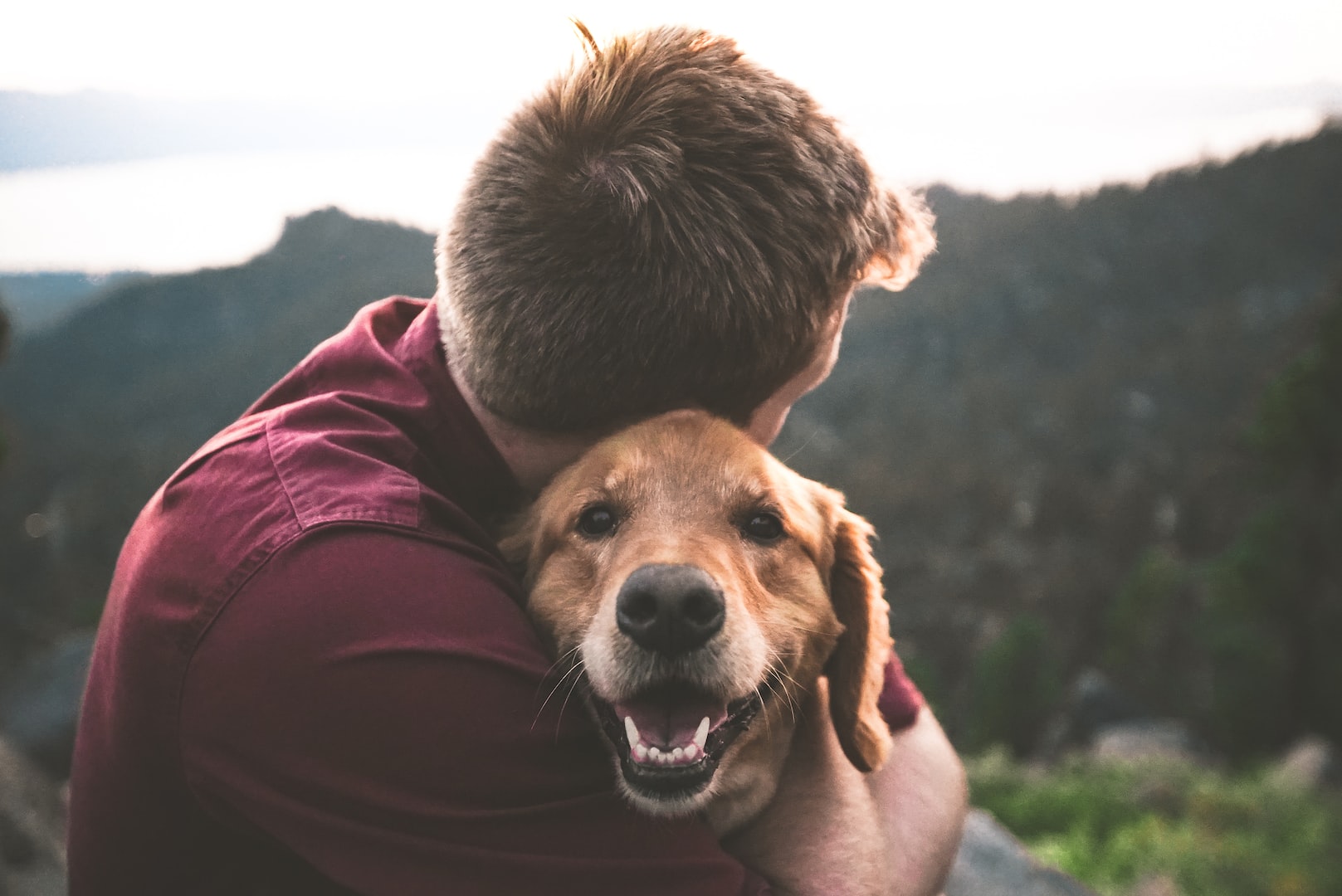
Unlocking Joy: The Transformative Power of Positive Reinforcement Dog Training

In the world of dog training, a new approach is changing the game – positive reinforcement. This method is not just about teaching tricks; it's about building a strong, loving bond between you and your dog. In this post, we'll explore the concept of positive reinforcement dog training, its benefits, and how it can transform your canine companion into a well-behaved, happy member of the family.
Positive reinforcement training is a technique that focuses on rewarding desired behaviors rather than punishing undesired behaviors. Instead of using fear or intimidation, positive reinforcement relies on the principles of operant conditioning. This means that when a dog performs a desired behavior, they receive a reward, making them more likely to repeat that behavior in the future.
Timing: Timing is crucial in positive reinforcement training. Dogs live in the present, so rewards must be given immediately after the desired behavior. This helps them associate the action with the reward, reinforcing the behavior you want.
Consistency: Consistency is key in any training method. If you reward a behavior one day and ignore it the next, your dog may become confused. Consistent reinforcement helps your dog understand what is expected of them.
Choosing the Right Rewards: Rewards can take various forms, from treats and praise to toys and affection. Understanding what motivates your dog is essential. Some dogs are food-driven, while others may prefer playtime or verbal praise. Experiment to find the most effective rewards for your dog.
Builds Trust: Positive reinforcement fosters a relationship based on trust and affection. It strengthens the bond between you and your dog as he learns to associate you with positive experiences.
Enhances Learning: Dogs are more likely to learn and retain cues when they associate them with positive outcomes. This method encourages a dog's natural desire to please its owner and mitigates the inconsistencies that often arise with fear-based learning.
Reduces Fear and Anxiety: Unlike punishment-based methods, positive reinforcement minimizes stress and anxiety in dogs. Fearful dogs may become more confident when they feel safe and secure during training.
Promotes Good Behavior: By rewarding positive behavior, you encourage your dog to make better choices. This not only improves your dog's overall behavior but also creates a positive environment in your home.
Start Simple: Be Patient: Every dog learns at its own pace. Be patient and consistent in your training, and celebrate small victories along the way.Use Varied Rewards: Keep your dog engaged by using a variety of rewards. Mix up treats, toys, and praise to maintain their interest.
Gradual Challenges: Once your dog has mastered basic commands, gradually introduce more complex tasks. This keeps training interesting and stimulating for your pet.
Positive reinforcement dog training is a powerful and humane way to teach your furry friend good manners and build a strong, loving connection. By focusing on positivity, consistency, and understanding your dog's motivations, you'll not only have a well-behaved canine companion but also a happier and more fulfilled one. Embrace the power of positive reinforcement and watch as your dog becomes the well-mannered, joyful member of the family you've always wanted.